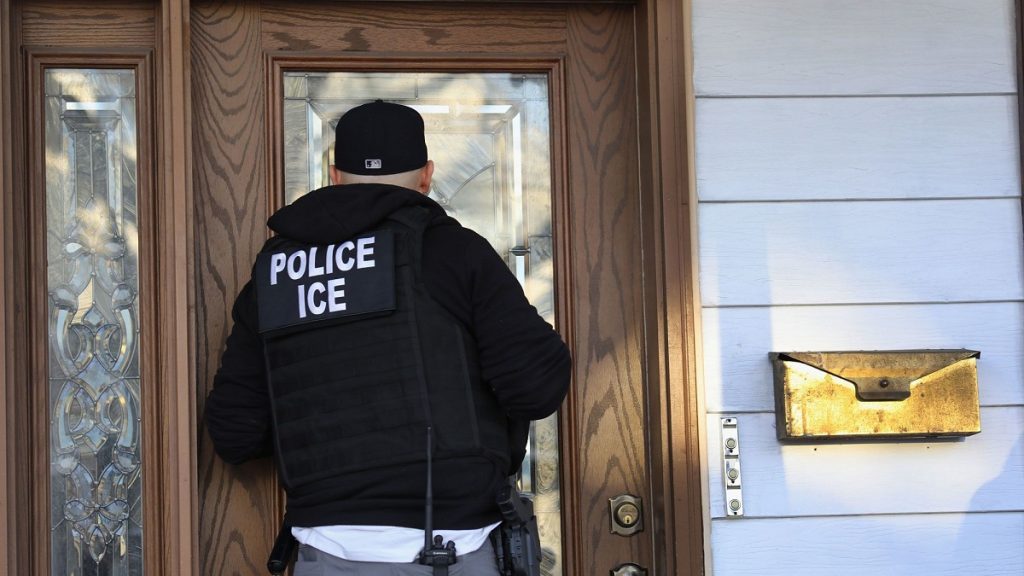A major decision has been issued by a U.S. federal court, affirming a New York State law that restricts federal immigration agents from conducting arrests inside or around state courthouses without specific judicial warrants. The ruling represents an important moment in the ongoing debate over states’ rights versus federal immigration enforcement powers, especially in areas that have adopted policies designed to protect immigrants. The decision rejects a lawsuit filed by the Trump-era Department of Justice, which claimed that the state law violated federal authority.
In a closely scrutinized legal battle, a U.S. District Court judge in New York City issued a pivotal ruling supporting the state’s 2020 law known as the Protect Our Courts Act. This law significantly limits the ability of U.S. Immigration and Customs Enforcement (ICE) agents to make arrests inside or near state courthouses. The ruling rejects the challenge filed by the Justice Department during the Trump administration, which had sought to overturn the state law.
The core of the federal challenge was based on the U.S. Constitution’s “Supremacy Clause,” which asserts that federal laws override conflicting state laws. However, Judge Mae D’Agostino, in a detailed 41-page opinion, firmly rejected this argument. She wrote that New York was “protecting its sovereign interests against unjustified federal intrusion,” affirming the state’s right to manage its judicial spaces and safeguard its residents from what it considers federal overreach.
This legal development comes amid heightened immigration enforcement efforts, especially following the return of the Trump administration to the White House in January. Federal immigration authorities have frequently used state courthouses as convenient locations to arrest individuals—particularly immigrants attending their own immigration-related hearings. Courthouses provide a unique environment where individuals appear regularly at scheduled times and are typically subject to security screening, making them attractive yet controversial locations for such operations.
Immigrant rights advocates, along with many state and local officials, have consistently voiced strong opposition to ICE activity inside state courthouses. Their concerns center on the possibility that these operations could severely disrupt the functioning of the courts and, more importantly, deter millions of individuals—including crime victims and witnesses—from accessing the legal system for fear of arrest. Such fears could undermine public safety and the integrity of judicial processes.
New York’s law, originally enacted during Trump’s first term, sets a clear line: ICE agents may conduct arrests in or near courthouses only if they possess a valid court order or a criminal arrest warrant signed by a judge. This requirement aims to ensure judicial oversight for arrests taking place inside these sensitive public spaces, balancing federal enforcement needs with the protection of state judicial operations and public access to justice.
Despite strong support from state officials and advocates, the law has not been without critics. For instance, former U.S. Attorney General Pam Bondi previously argued that New York’s law—along with similar measures adopted in other states—could endanger public safety by preventing federal agents from apprehending individuals deemed dangerous. This sentiment underscores the ongoing tension and contrasting philosophies surrounding immigration enforcement across federal and state jurisdictions.
The federal court’s endorsement of the Protect Our Courts Act represents a significant victory for New York and for other states seeking to establish clear protocols for federal agents operating within state-controlled public institutions. It reinforces the principle that states have legitimate interests in safeguarding their judicial systems and ensuring fair access to justice for all residents without unwarranted federal interference. The ruling is likely to influence similar debates and legal challenges in states wrestling with the complexities of immigration enforcement within their borders.

